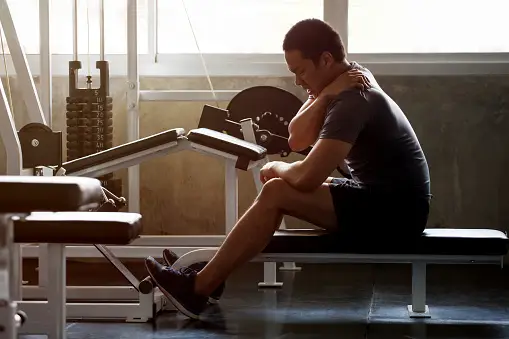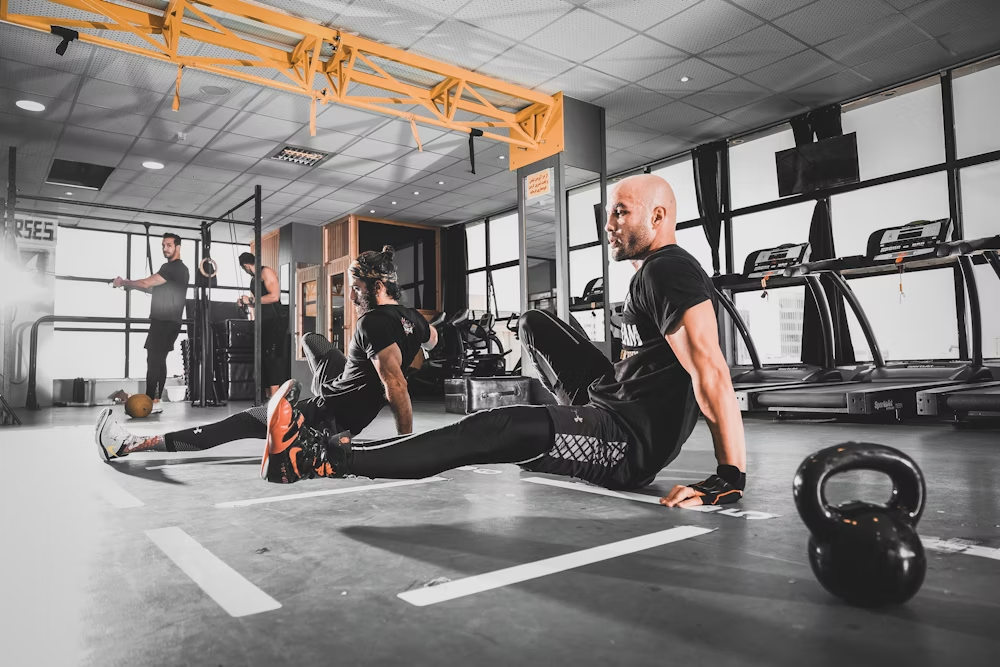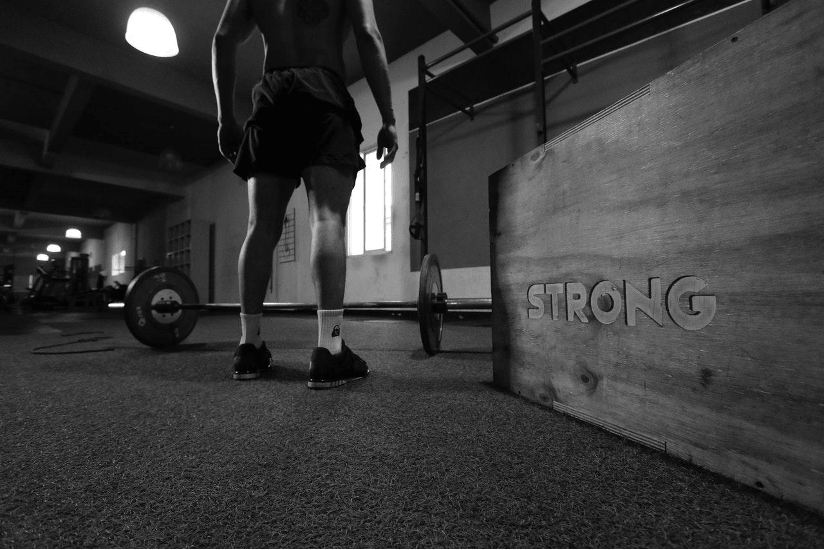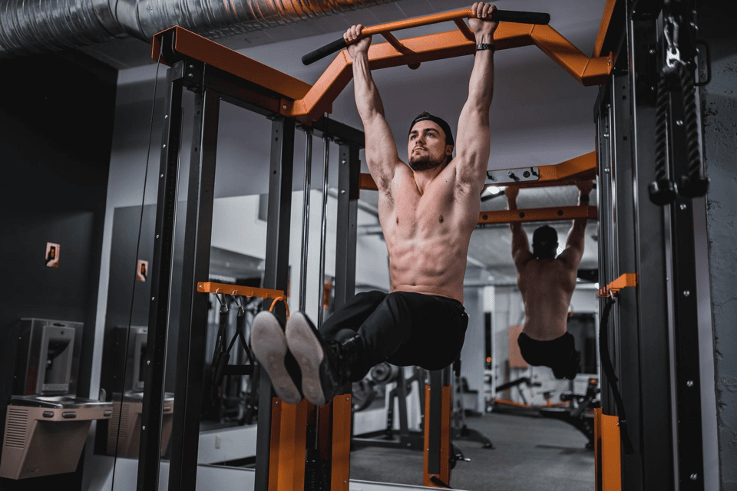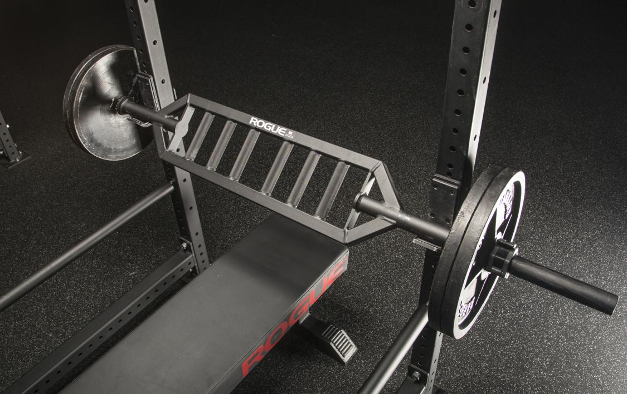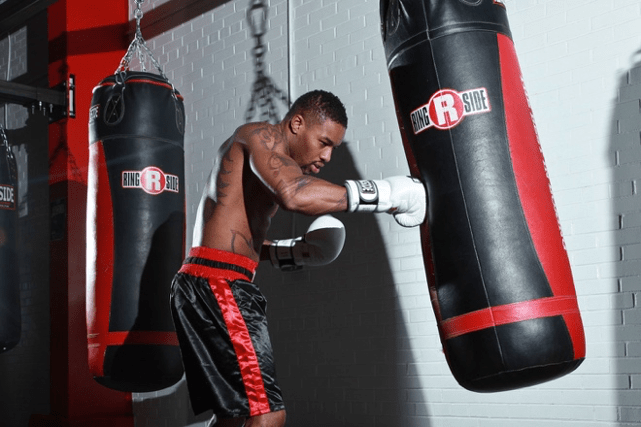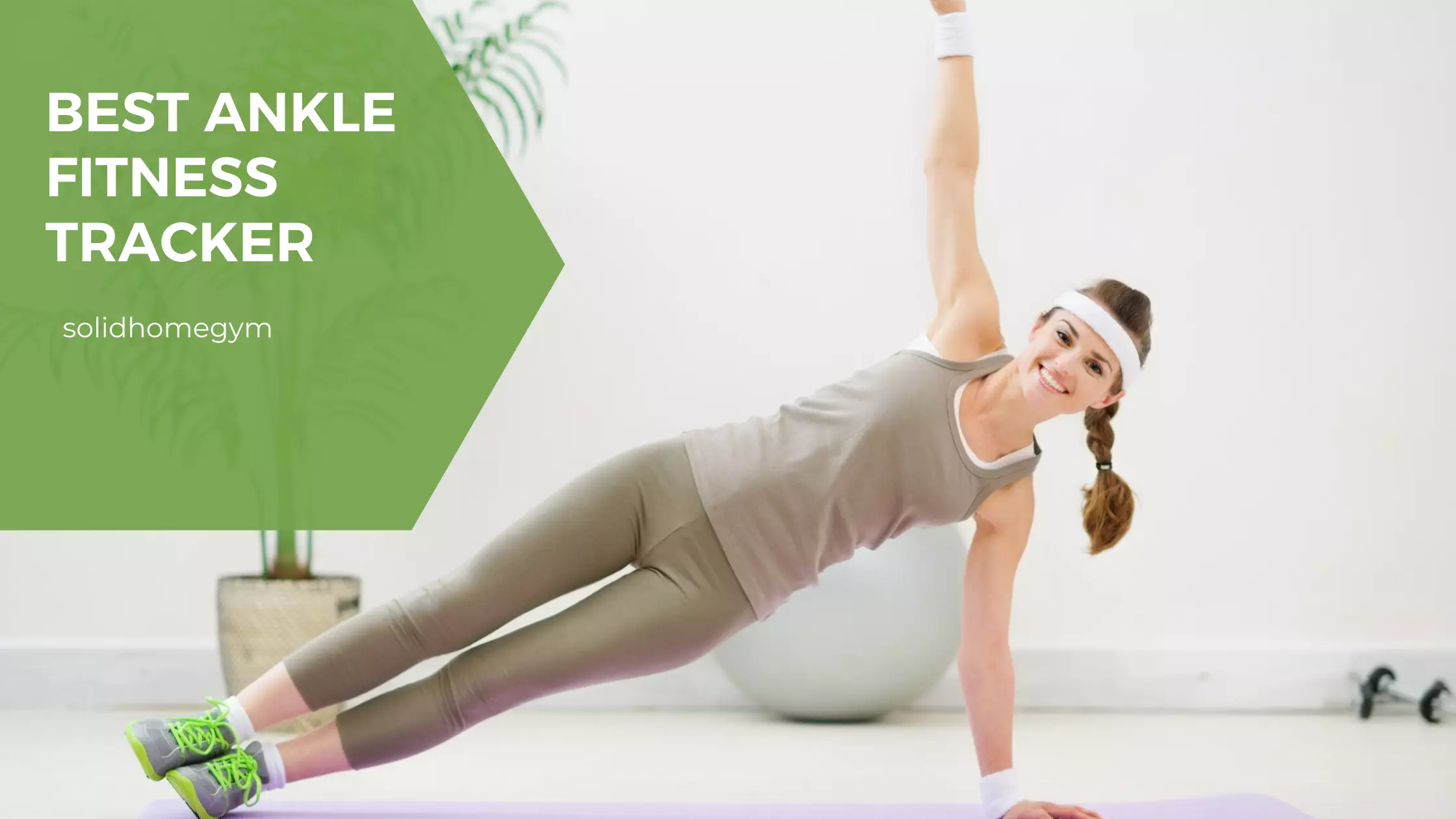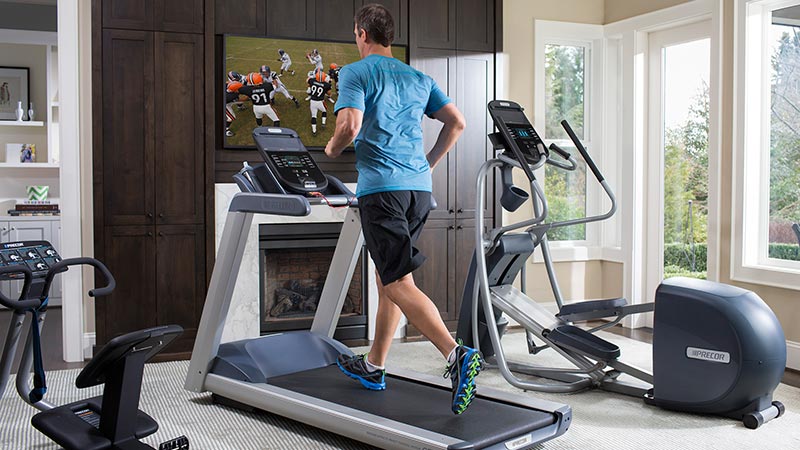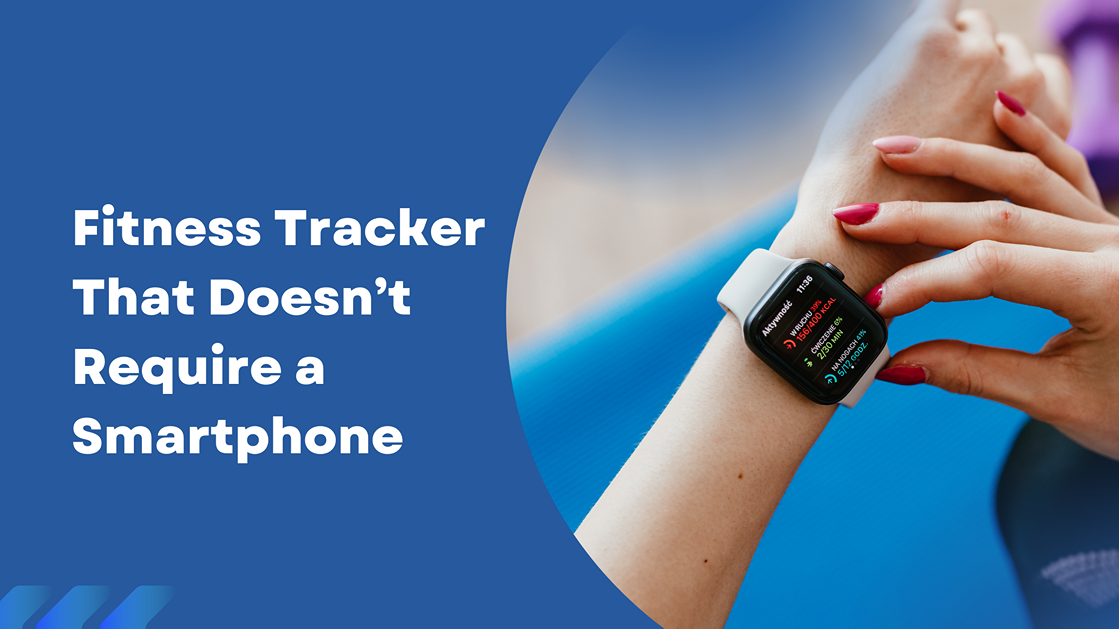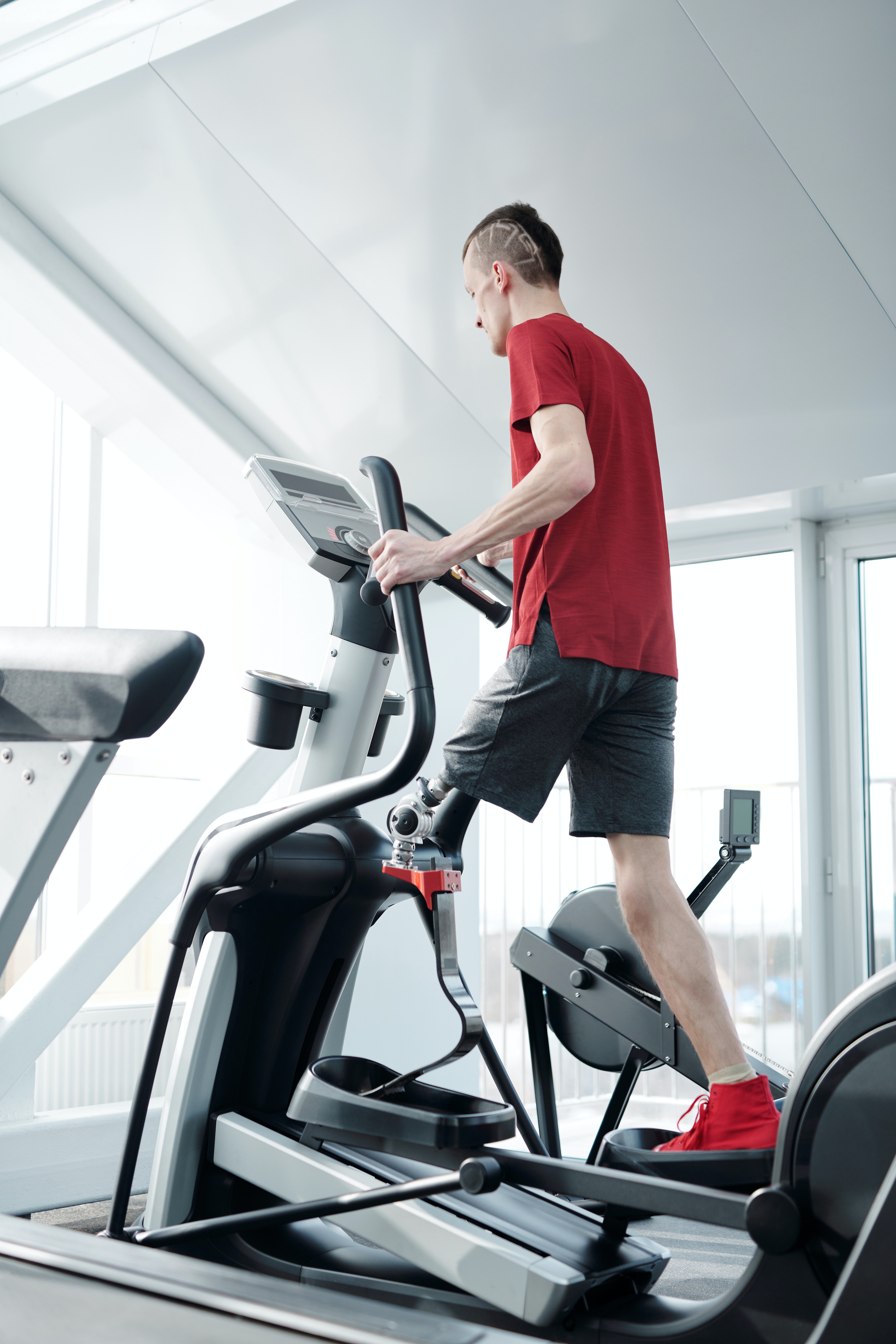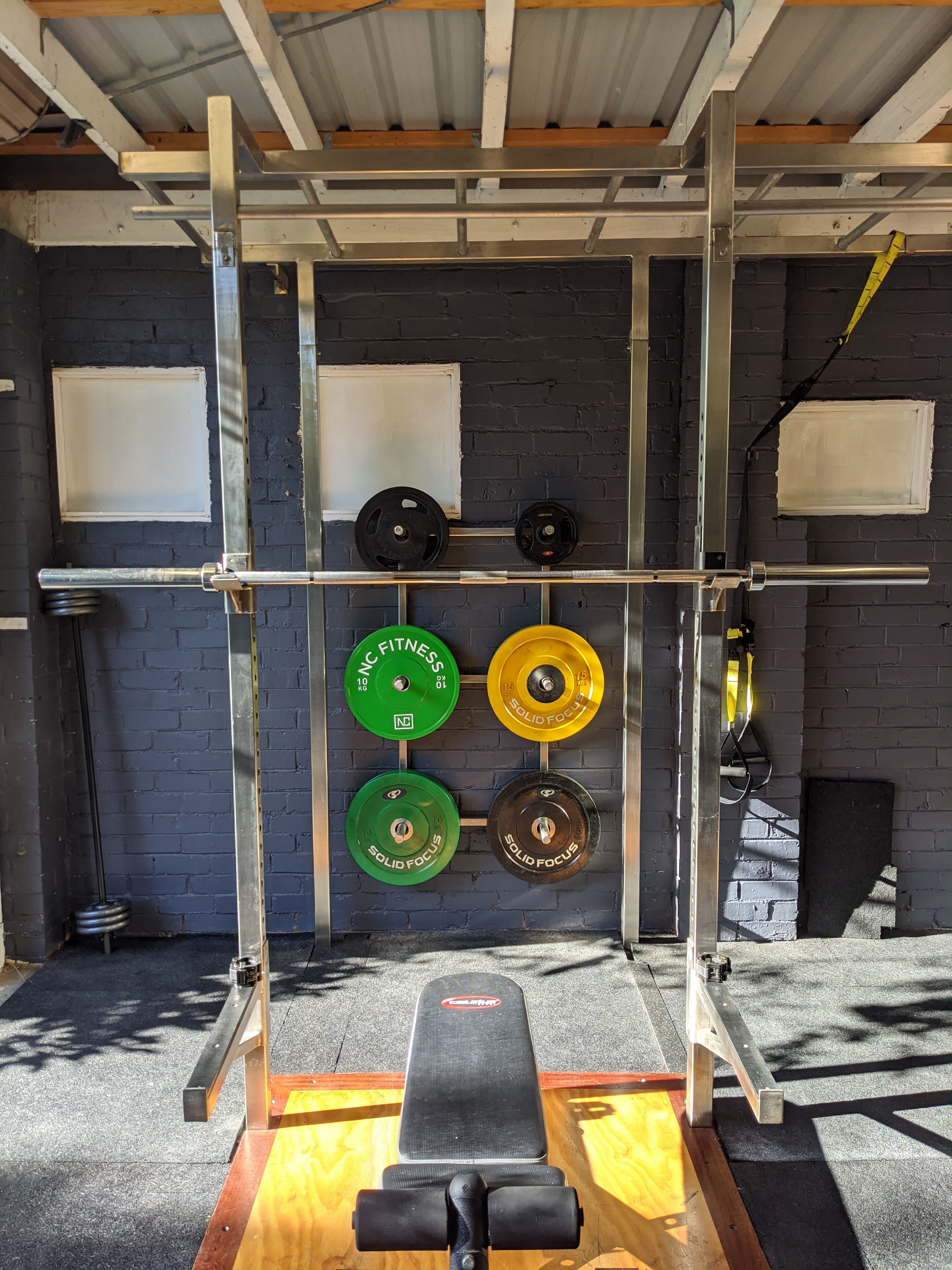Home / Category / What is the best angle for incline bench press?
What is the best angle for incline bench press?

Table of Content
Let's break down why the angle of your incline bench press matters so much. Picture this: you're at the gym, ready to tackle your chest workout.
You stroll over to the bench press area, but instead of just lying down and pushing some weight, you pause and think, "Wait a minute, what angle should I set this bench to?" Here's why that's a crucial question:
First off, the angle of the bench press determines which muscles are primarily targeted during the exercise.
A flat bench press mainly works your overall chest (pectoral) muscles, but when you adjust the angle, you can shift the focus to different areas.
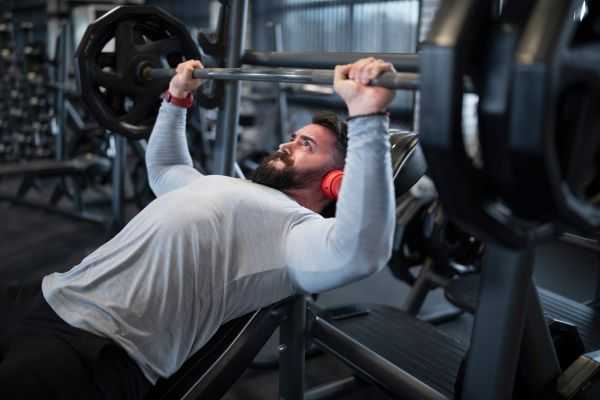
For example, a steeper incline tends to emphasize the upper chest, while a decline targets the lower chest. So, if you're aiming for a specific area of your chest to grow, choosing the right angle is key.
Doing the same exercise at the same angle day in and day out can lead to plateaus and boredom. By mixing things up and trying different angles, you keep your muscles guessing and continuously challenge them to grow stronger.
So, next time you hit the bench press, don't just plop down and start lifting blindly. Take a moment to consider the angle that best aligns with your goals, strengths, and anatomy. Trust me, your chest (and the rest of your body) will thank you for it!
Researchers have been hitting the gym (well, maybe not literally) to figure out the best incline bench press angle for maximum muscle activation and strength gains.
One study published in the Journal of Strength and Conditioning Research compared muscle activation in the chest (pectoralis major), front deltoids, and triceps at various incline angles.
They found that a moderate incline angle (around 30-45 degrees) resulted in higher muscle activation in the upper chest (clavicular head of the pectoralis major) compared to both flat and steeper incline angles. This suggests that a moderate incline could be optimal for targeting the upper chest.
Another study, published in the European Journal of Sports Science, investigated the effects of bench press angle on muscle activation and strength gains.
They found that a higher incline angle (around 60 degrees) resulted in greater activation of the front deltoids, while a lower incline angle (around 30 degrees) led to higher activation of the chest muscles. This suggests that different incline angles may emphasize different muscle groups, allowing for targeted training.
Studies have shown that a moderate incline (around 30-45 degrees) tends to strike a good balance between targeting the upper chest while still involving the front deltoids (shoulders) and triceps to a considerable degree.
Ultimately, the optimal incline bench press angle for muscle activation may vary from person to person based on factors such as individual biomechanics, muscle imbalances, and training goals.Experimenting with different angles and paying attention to how your muscles respond can help you determine the angle that best suits your needs and preferences.
So, whether you're aiming to sculpt those pecs to perfection or simply looking to spice up your chest workout routine, finding your ideal incline bench press angle can make all the difference in maximizing muscle activation and achieving your fitness goals!
Finding your perfect incline bench press angle
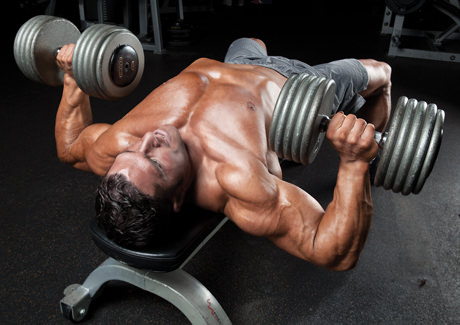
| Incline Angle | Muscle Activation |
| 0 degrees | Overall chest, triceps |
| 15-30 degrees | Upper chest, front deltoids, triceps |
| 45 degrees | Upper chest, moderate deltoid activation |
| 60 degrees | Front deltoids, moderate chest activation |
| 90 degrees | Front deltoids, minimal chest activation |
1. Start with a Range: Begin your journey by trying out different incline angles. Start with a low incline (around 15 degrees) and gradually increase it to a steeper incline (around 45 degrees). This range covers the typical incline bench angles you'll find in most gyms.
2. Pay Attention to Muscle Engagement: As you perform your bench press reps at each angle, pay close attention to which muscles are doing the heavy lifting. Notice how your chest, shoulders, and triceps feel the burn at different angles.
3. Focus on Chest Activation: Since the incline bench press primarily targets the upper chest, focus on feeling the contraction in that area. You want to find an angle where you feel a strong, targeted engagement of your chest muscles without excessive strain on your shoulders.
4. Mind the Shoulder Comfort: Speaking of shoulders, be mindful of how your shoulder joints feel at each angle. You don't want to experience any sharp or uncomfortable sensations that could indicate potential strain or injury. If you do, adjust the angle accordingly.
5. Seek Feedback: Don't be afraid to ask for feedback from a knowledgeable spotter or trainer. They can provide valuable insights into your form and help you pinpoint the angle that best suits your anatomy and goals.
6. Experiment with Grip Width: While you're at it, play around with different grip widths to see how they affect your bench press performance at each angle. Sometimes a subtle adjustment in grip can make a big difference in muscle activation and overall comfort.
7. Listen to Your Body: Ultimately, your body knows best. Pay attention to how it responds to each incline angle. If something feels off or uncomfortable, don't push through it. Your ideal incline bench press angle should feel natural and sustainable.
8. Keep Track of Progress: Once you've found your sweet spot, keep track of your progress over time. Monitor your strength gains and muscle development to ensure that your chosen incline angle continues to deliver results.
9. Be Open to Adjustments: Remember, your ideal incline bench press angle may evolve over time as your strength, flexibility, and body composition change. Stay open to making adjustments as needed to optimize your workout routine.
Have Fun with It: Above all, have fun with the process! Experimenting with different incline bench press angles is all part of the journey toward reaching your fitness goals. Enjoy the pump, embrace the burn, and celebrate every rep as you sculpt your chest to perfection.
Addressing Common Misconceptions About Bench Press Angles
When it comes to the bench press, there's no shortage of opinions floating around. From gym bros swearing by a specific angle to online forums buzzing with conflicting advice, it's easy to get lost in the noise.
But fear not, we're here to set the record straight and debunk some of the most persistent myths about bench press angles.
The Higher the Incline, the Better: One of the most pervasive myths is that cranking up the incline to the max is the key to massive gains. While it's true that a steeper incline shifts more emphasis onto the shoulders, going too high can actually reduce the activation of the chest muscles. It's all about finding the balance that works for your goals and body mechanics.
Flat Bench Is King: While the flat bench press is undoubtedly a staple in many lifters' routines, dismissing incline and decline variations as inferior is a mistake. Each angle targets different parts of the chest and shoulders, contributing to a well-rounded development. Variety is the spice of life, and mixing up your angles can prevent plateaus and keep your muscles guessing.
One Size Fits All: We're all built differently, so it only makes sense that our optimal bench press angle might vary too. What works for your swole buddy might not necessarily work for you. Experimenting with different angles and paying attention to how your body responds is key to finding your personal sweet spot.
Incline Bench Press Is Only for Upper Chest: While the incline bench press does indeed emphasize the upper portion of the chest, it also recruits the front delts and triceps to a significant degree. It's a compound movement that engages multiple muscle groups simultaneously, making it a valuable addition to any chest routine.
You Can't Get Big Without Flat Bench: While the flat bench press is undeniably effective for building chest mass, it's not the only exercise in town. Incline and decline variations can provide unique stimuli that contribute to overall chest development. Plus, a well-rounded routine that includes a variety of angles can help prevent overuse injuries and imbalances.
By addressing these common misconceptions, we can approach our bench press workouts with a clearer understanding of how different angles impact muscle activation and growth.
So next time you hit the bench, remember to keep an open mind and don't be afraid to experiment with different angles to see what works best for you!
